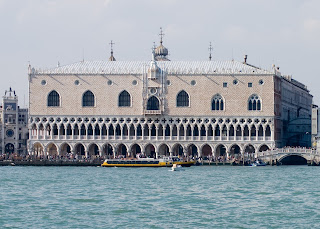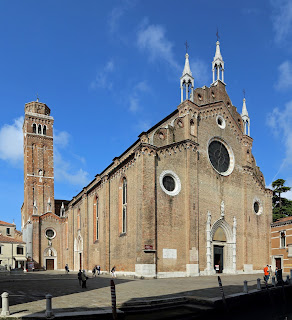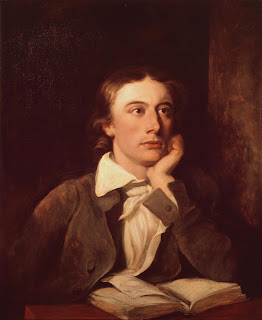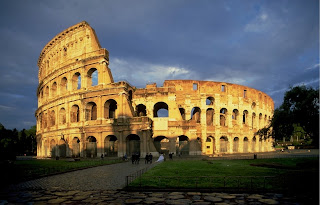Professor thought to have given Mary Shelley the idea for Frankenstein
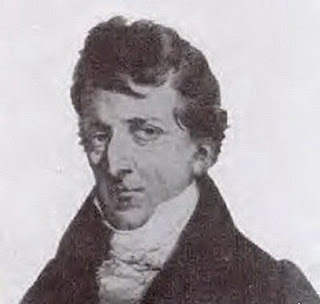 |
| Giovanni Aldini picked up the mantle of his uncle, Luigi Galvani, in his experiments with bioelectricity |
The nephew of Luigi Galvani, who discovered the phenomenon that became known as galvanism, one of Aldini’s goals in life was to build on his uncle’s work in the field of bioelectricity.
Galvani’s discovery that the limbs of a dead frog could be made to move by the stimulation of electricity sparked an intellectual argument with his rival physicist Alessandro Volta that he found uncomfortable. When he was then removed from his academic and public positions after Bologna became part of the French Cisalpine Republic in the late 18th century, Galvani was unable to progress his experiments as he would have liked.
Aldini essentially picked up his uncle’s mantle and was determined to discover whether the effect of an electrical impulse on the body of a frog could be reproduced in a human being.
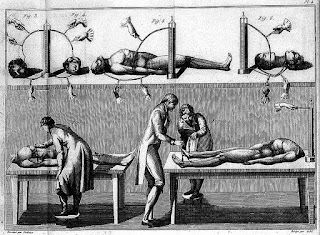 |
| Aldini conducing experiments in galvanism, as depicted in a 19th century book |
Aldini had chosen to conduct this experiment in England because most other European countries carried out executions by beheading, and he felt needed a corpse that was fully intact.
Forster’s body was taken directly from the gallows to a nearby house, where Aldini conducted experiments using conducting rods and a battery, the existence of which, ironically, he owed to his uncle’s rival, Volta.
In front of an audience of surgeons, Aldini successful made the corpse’s facial muscles contort, causing his jaw to twitch and one eye to open. He was then able to cause the dead body to raise his right arm with a clenched fist, and to produce movement in the thighs and lower legs.
The future Mary Shelley would have been only five at the time yet as she grew up she learned all about Galvani, Volta and Aldini through two friends of her father, Humphry Davy (famously the inventor of the Davy safety lamp) and William Nicholson, who were leading electrical researchers.
During the summer of 1816, it is known that Mary Shelley was in Geneva with her future husband, the poet Percy Shelley, and Lord Byron, and that among the topics of their conversation was the potential for re-animating a corpse with electricity.
At around the same time, the three friends, along with another writer, John Polidori, decided they would have a competition to see who could write the best horror story. Mary came up with a tale of a young scientist, Victor Frankenstein, who creates a grotesque, monstrous but humanoid creature, which he brings to life with electrical charges.
The brother of Count Antonio Aldini, a statesman, Aldini followed Galvani in becoming professor of physics at the University of Bologna.
He devoted himself to his scientific work, which was mainly focussed on galvanism, anatomy and its medical applications, along with the construction and illumination of lighthouses, and with experiments for preserving human life and material objects from destruction by fire.
He died in Milan in 1834, bequeathing a considerable sum to found a school of natural science for artisans at Bologna.
Travel tip:
The University of Bologna, the oldest university in continuous use in the world, has sites dotted around the centre of Bologna. Its headquarters are in the Palazzo Poggi, in Via Zamboni, about 1km (0.62 miles) northeast of the Fountain of Neptune just around the corner from Piazza Maggiore. The palace is adorned with many frescoes painted by Mannerist and early Baroque artists, including Prospero Fontana, Pellegrino Tebaldi and Niccolò dell'Abbate.
Travel tip:
Bologna is a progressive, left-leaning city with a lively student population and considerable history and culture. Italians regard it as one of the country’s most beautiful cities and has the advantage of being not nearly as busy as Rome, Florence and Venice, which tend to the the magnets for overseas visitors. The Piazza Maggiore, the medieval Asinelli and Garisenda towers and the Basilica of San Petronio, with its half-finished facade - pink marble at the bottom with bare bricks above - are among the main sights. Another advantage, apart from the lack of crowds, in the summer months are the 45km of porticoed walkways.
More reading:
Luigi Galvani, the father of bioelectricity
Alessandro Volta and the world's first battery
The death of the poet Percy Bysshe Shelley
Also on this day:
1926: Airship leaves Rome on mission to North Pole
1991: The Moby Prince ferry disaster
Home
Forster’s body was taken directly from the gallows to a nearby house, where Aldini conducted experiments using conducting rods and a battery, the existence of which, ironically, he owed to his uncle’s rival, Volta.
In front of an audience of surgeons, Aldini successful made the corpse’s facial muscles contort, causing his jaw to twitch and one eye to open. He was then able to cause the dead body to raise his right arm with a clenched fist, and to produce movement in the thighs and lower legs.
The future Mary Shelley would have been only five at the time yet as she grew up she learned all about Galvani, Volta and Aldini through two friends of her father, Humphry Davy (famously the inventor of the Davy safety lamp) and William Nicholson, who were leading electrical researchers.
 |
| Mary Shelley, as portrayed in a miniature painting by Reginald Easton in 1857 |
At around the same time, the three friends, along with another writer, John Polidori, decided they would have a competition to see who could write the best horror story. Mary came up with a tale of a young scientist, Victor Frankenstein, who creates a grotesque, monstrous but humanoid creature, which he brings to life with electrical charges.
The brother of Count Antonio Aldini, a statesman, Aldini followed Galvani in becoming professor of physics at the University of Bologna.
He devoted himself to his scientific work, which was mainly focussed on galvanism, anatomy and its medical applications, along with the construction and illumination of lighthouses, and with experiments for preserving human life and material objects from destruction by fire.
He died in Milan in 1834, bequeathing a considerable sum to found a school of natural science for artisans at Bologna.
 |
| A courtyard at the historic Palazzo Poggi in Bologna |
The University of Bologna, the oldest university in continuous use in the world, has sites dotted around the centre of Bologna. Its headquarters are in the Palazzo Poggi, in Via Zamboni, about 1km (0.62 miles) northeast of the Fountain of Neptune just around the corner from Piazza Maggiore. The palace is adorned with many frescoes painted by Mannerist and early Baroque artists, including Prospero Fontana, Pellegrino Tebaldi and Niccolò dell'Abbate.
 |
| The Basilica of San Petronio, with its half-finished facade |
Bologna is a progressive, left-leaning city with a lively student population and considerable history and culture. Italians regard it as one of the country’s most beautiful cities and has the advantage of being not nearly as busy as Rome, Florence and Venice, which tend to the the magnets for overseas visitors. The Piazza Maggiore, the medieval Asinelli and Garisenda towers and the Basilica of San Petronio, with its half-finished facade - pink marble at the bottom with bare bricks above - are among the main sights. Another advantage, apart from the lack of crowds, in the summer months are the 45km of porticoed walkways.
More reading:
Luigi Galvani, the father of bioelectricity
Alessandro Volta and the world's first battery
The death of the poet Percy Bysshe Shelley
Also on this day:
1926: Airship leaves Rome on mission to North Pole
1991: The Moby Prince ferry disaster
Home


